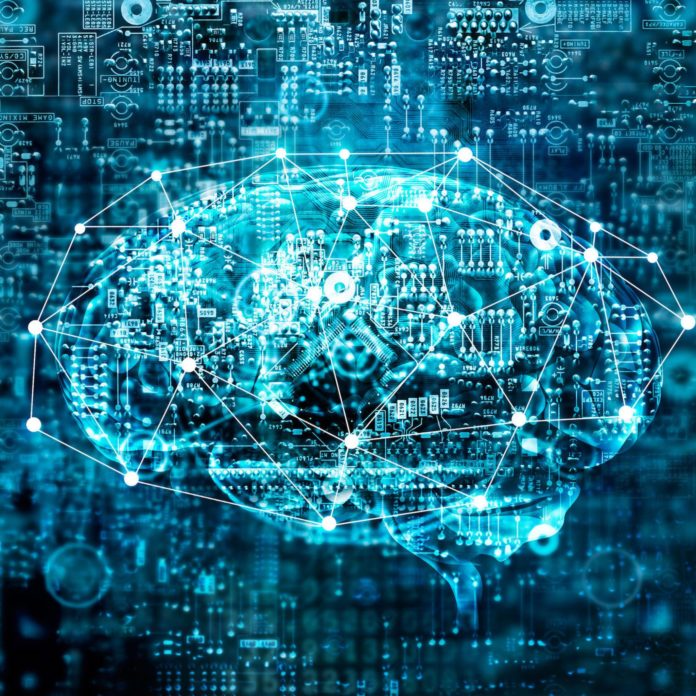In this regular update, RCR Wireless News highlights the top news and developments impacting the booming AI infrastructure sector.
Nexthop AI bids to build efficient Al infra for hyperscalers
Nexthop AI launched with $110 million in funding led by Lightspeed Venture Partners. Additional investors include Kleiner Perkins, WestBridge Capital, Battery Ventures and Emergent Ventures. This funding will accelerate the development of Nexthop AI’s networking solutions for cloud and hyperscale AI clusters.
To facilitate the staggering scale requirements of AI training and inference, hyperscalers are spending billions in evolving their GPU and networking deployments with upwards of two gigawatts of capacity annually. These companies also require highly optimized hardware and software infrastructure tunable for datacenter build outs, the company said.
Nexthop AI also noted it specializes in building custom networking solutions for the hyperscalers, which integrate into their optimized cloud-stack.
Oklo expands reactor capacity to 75MW to meet AI demand
Oklo, a company specializing in small modular reactors (SMRs) and nuclear recycling, has upgraded the capacity of its Aurora Powerhouse reactor from 50MW to 75MW to better accommodate the rising energy demands of AI-driven data centers.
In its Q4 update, Oklo noted that the capacity increase aligns with the evolving architecture of data centers, ensuring an optimal fit for large-scale clients.
The company emphasized that this enhancement does not introduce significant technical, design, or regulatory challenges. CEO Jacob DeWitte highlighted that the decision was driven by customer feedback and a clear trend in data center development.
Rapt AI and AMD partner to make GPU utilization more efficient
Rapt AI, a provider of AI-powered AI-workload automation for GPUs and AI accelerators, has partnered with AMD with the aim of enhancing AI infrastructure.
The long-term collaboration seeks to improve AI inference and training workload management and performance on AMD Instinct GPUs, offering customers a scalable and cost-effective solution for deploying AI applications.
By integrating Rapt’s intelligent workload automation platform with AMD Instinct MI300X, MI325X and upcoming MI350 series GPUs, this collaboration delivers a scalable, high-performance and cost-effective solution that enables customers to maximize AI inference and training efficiency across on-premises and multi-cloud infrastructures.
Microsoft cancels up to 2GW of data center projects
TD Cowen analysts report that Microsoft has pulled out of data center developments totaling 2GW across the U.S. and Europe.
As first reported by Bloomberg, these cancellations follow previous speculation from TD Cowen in February 2025 that Microsoft had abandoned around 200MW of data center leases and projects.
In a note published on March 26, TD Cowen stated that the latest cancellations include both lease terminations and project deferrals. The analysts also noted that some of the vacated leases in Europe have been taken over by Google, while Meta has acquired additional capacity in the region.
When contacted by Bloomberg, Microsoft responded with a statement emphasizing its strong position to meet customer demand due to past infrastructure investments. The company acknowledged that it might adjust or pace certain developments but reaffirmed its commitment to continued expansion in all regions.
Microsoft also reiterated that it remains on track to invest approximately $80 billion in AI data center development in 2025, a figure first announced in January.
Why these announcements matter?
These developments highlight key shifts in AI infrastructure. Nexthop AI’s $110 million launch reflects the growing need for specialized networking in hyperscale AI. Oklo’s 75MW reactor upgrade addresses the rising energy demands of AI data centers, while Rapt AI’s partnership with AMD enhances GPU efficiency, optimizing AI workloads.
Follow AI Infrastructure Insights on LinkedIn to get the daily briefs.

